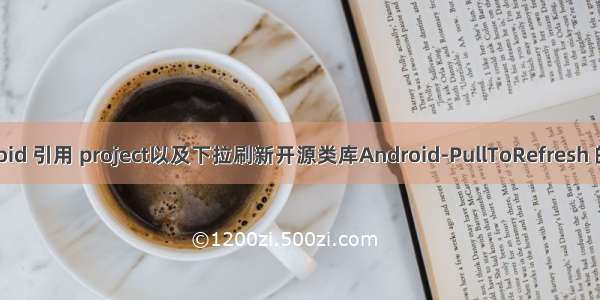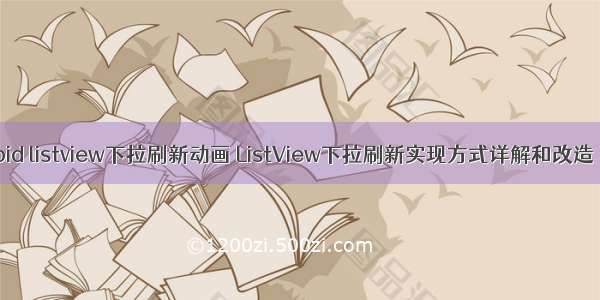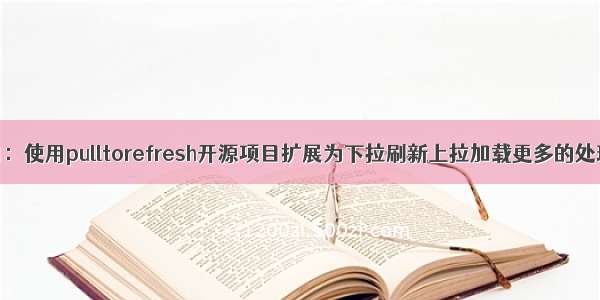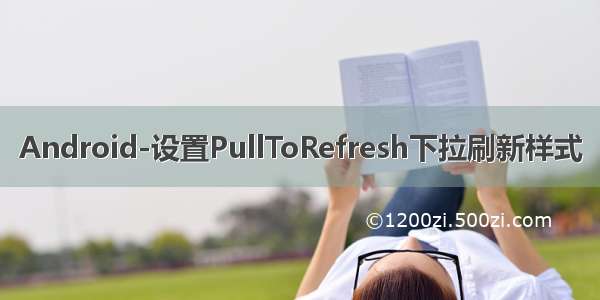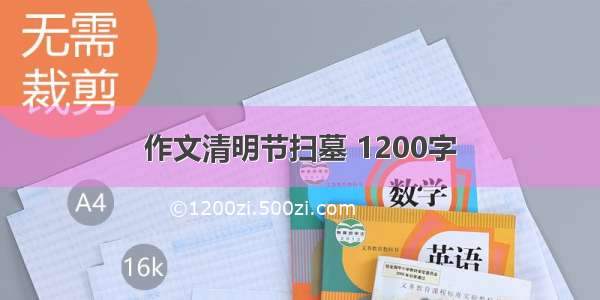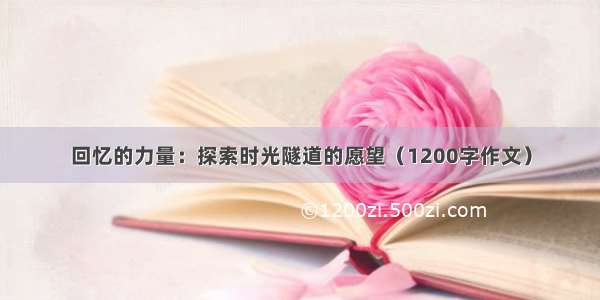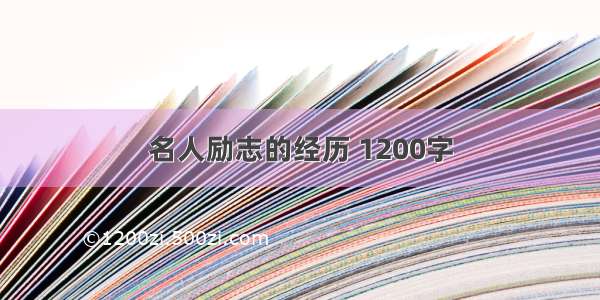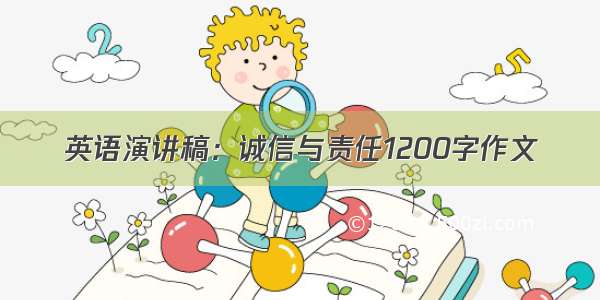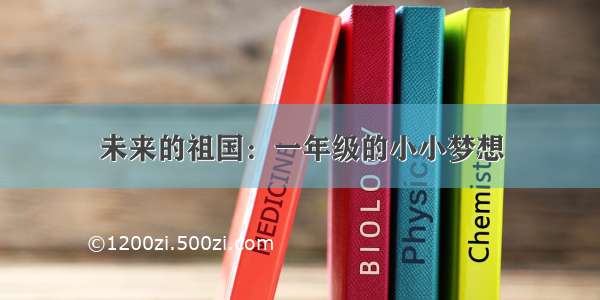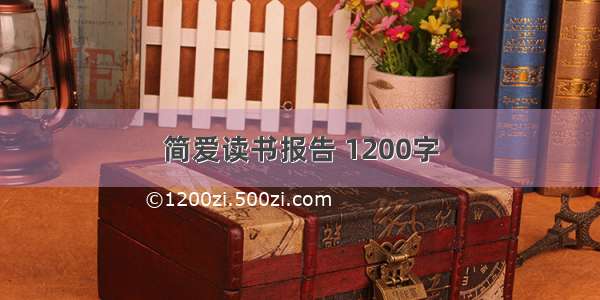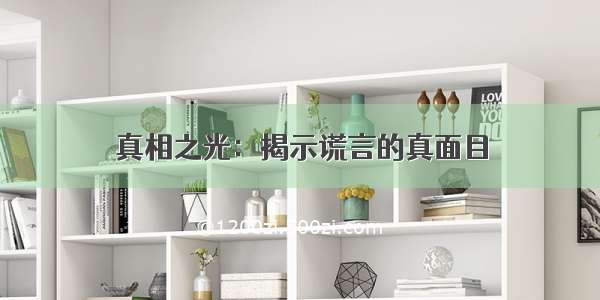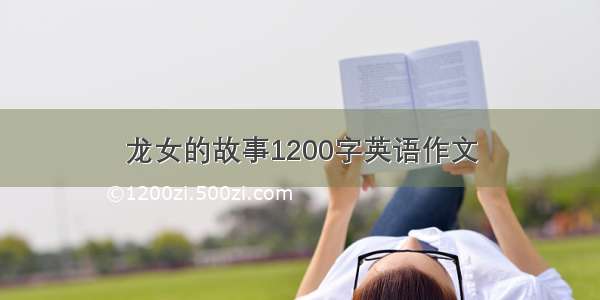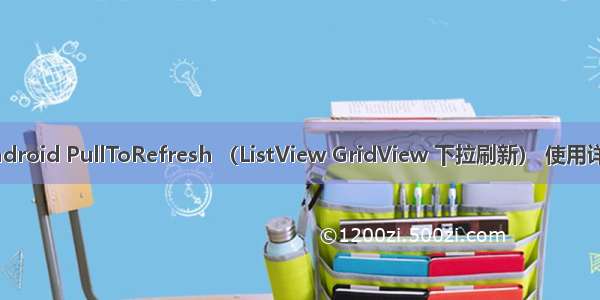
转载请标明出处:/lmj623565791/article/details/38238749,本文出自:【张鸿洋的博客】
群里一哥们今天聊天偶然提到这个git hub上的控件:pull-to-refresh,有兴趣的看下,例子中的功能极其强大,支持很多控件。本篇博客详细给大家介绍下ListView和GridView利用pull-to-rerfesh 实现下拉刷新和上拉加载更多。
1、ListView下拉刷新快速入门
pull-to-refresh对ListView进行了封装,叫做:PullToRefreshListView,用法和listview没什么区别,下面看demo.
布局文件:
[html]view plaincopy<RelativeLayoutxmlns:android="/apk/res/android" xmlns:tools="/tools" android:layout_width="match_parent" android:layout_height="match_parent"> <com.handmark.pulltorefresh.library.PullToRefreshListView xmlns:ptr="/apk/res-auto" android:id="@+id/pull_refresh_list" android:layout_width="fill_parent" android:layout_height="fill_parent" android:cacheColorHint="#00000000" android:divider="#19000000" android:dividerHeight="4dp" android:fadingEdge="none" android:fastScrollEnabled="false" android:footerDividersEnabled="false" android:headerDividersEnabled="false" android:smoothScrollbar="true"> </com.handmark.pulltorefresh.library.PullToRefreshListView> </RelativeLayout>
声明了一个PullToRefreshListView,里面所有的属性都是ListView的,没有任何其他属性,当然了PullToRefreshListView也提供了很多配置的属性,后面会详细介绍。
Activity的代码:
[java]view plaincopypackagecom.example.zhy_pulltorefreash_chenyoca; importjava.util.LinkedList; importandroid.app.Activity; importandroid.os.AsyncTask; importandroid.os.Bundle; importandroid.text.format.DateUtils; importandroid.widget.ArrayAdapter; importandroid.widget.ListView; importcom.handmark.pulltorefresh.library.PullToRefreshBase; importcom.handmark.pulltorefresh.library.PullToRefreshBase.OnRefreshListener; importcom.handmark.pulltorefresh.library.PullToRefreshListView; publicclassPullToRefreshListActivityextendsActivity { privateLinkedList<String>mListItems; /** *上拉刷新的控件 */ privatePullToRefreshListViewmPullRefreshListView; privateArrayAdapter<String>mAdapter; privateintmItemCount=9; @Override protectedvoidonCreate(BundlesavedInstanceState) { super.onCreate(savedInstanceState); setContentView(R.layout.activity_main); //得到控件 mPullRefreshListView=(PullToRefreshListView)findViewById(R.id.pull_refresh_list); //初始化数据 initDatas(); //设置适配器 mAdapter=newArrayAdapter<String>(this, android.R.layout.simple_list_item_1,mListItems); mPullRefreshListView.setAdapter(mAdapter); //设置监听事件 mPullRefreshListView .setOnRefreshListener(newOnRefreshListener<ListView>() { @Override publicvoidonRefresh( PullToRefreshBase<ListView>refreshView) { Stringlabel=DateUtils.formatDateTime( getApplicationContext(), System.currentTimeMillis(), DateUtils.FORMAT_SHOW_TIME |DateUtils.FORMAT_SHOW_DATE |DateUtils.FORMAT_ABBREV_ALL); //显示最后更新的时间 refreshView.getLoadingLayoutProxy() .setLastUpdatedLabel(label); //模拟加载任务 newGetDataTask().execute(); } }); } privatevoidinitDatas() { //初始化数据和数据源 mListItems=newLinkedList<String>(); for(inti=0;i<mItemCount;i++) { mListItems.add(""+i); } } privateclassGetDataTaskextendsAsyncTask<Void,Void,String> { @Override protectedStringdoInBackground(Void...params) { try { Thread.sleep(2000); }catch(InterruptedExceptione) { } return""+(mItemCount++); } @Override protectedvoidonPostExecute(Stringresult) { mListItems.add(result); mAdapter.notifyDataSetChanged(); //CallonRefreshCompletewhenthelisthasbeenrefreshed. mPullRefreshListView.onRefreshComplete(); } } }
代码极其简单,得到PullToRefreshListView控件,然后像ListView一样设置数据集。当然了,我们有下拉刷新,所以必须设置下拉刷新的回调:
setOnRefreshListener(new OnRefreshListener<ListView>(){}
我们在回调中模拟了一个异步任务,加载了一个Item。
效果图:
下拉时,执行我们的GetDataTask任务,任务执行完成后在onPostExecute中 调用mPullRefreshListView.onRefreshComplete();完成刷新。
是不是分分钟实现下拉刷新。当然了,你可能会有疑问,下拉刷新的指示器上的文字可以自定义吗?那个图片可以换成箭头吗?说好的上拉加载更多呢?后面会一一添加~
2、添加上拉加载更多
如过希望实现上拉加载更多,那么首先需要在布局文件的声明属性中添加一个属性,用于指定目前的下拉模式:
[html]view plaincopy<RelativeLayoutxmlns:android="/apk/res/android" xmlns:tools="/tools" android:layout_width="match_parent" android:layout_height="match_parent"> <com.handmark.pulltorefresh.library.PullToRefreshListView xmlns:ptr="/apk/res-auto" android:id="@+id/pull_refresh_list" android:layout_width="fill_parent" android:layout_height="fill_parent" android:cacheColorHint="#00000000" android:divider="#19000000" android:dividerHeight="4dp" android:fadingEdge="none" android:fastScrollEnabled="false" android:footerDividersEnabled="false" android:headerDividersEnabled="false" android:smoothScrollbar="true" ptr:ptrMode="both"> </com.handmark.pulltorefresh.library.PullToRefreshListView> </RelativeLayout> 我们添加了一个属性:ptr:ptrMode="both" ,意思:上拉和下拉都支持。
可选值为:disabled(禁用下拉刷新),pullFromStart(仅支持下拉刷新),pullFromEnd(仅支持上拉刷新),both(二者都支持),manualOnly(只允许手动触发)
当然了,如果你不喜欢在布局文件中指定,完全可以使用代码设置,在onCreate里面写:mPullRefreshListView.setMode(Mode.BOTH);//设置你需要的模式
设置了模式为双向都支持,当然必须为上拉和下拉分别设置回调,请看下面的代码:
[java]view plaincopypackagecom.example.zhy_pulltorefreash_chenyoca; importjava.util.LinkedList; importandroid.app.Activity; importandroid.os.AsyncTask; importandroid.os.Bundle; importandroid.text.format.DateUtils; importandroid.util.Log; importandroid.widget.ArrayAdapter; importandroid.widget.ListView; importcom.handmark.pulltorefresh.library.PullToRefreshBase; importcom.handmark.pulltorefresh.library.PullToRefreshBase.Mode; importcom.handmark.pulltorefresh.library.PullToRefreshBase.OnRefreshListener; importcom.handmark.pulltorefresh.library.PullToRefreshBase.OnRefreshListener2; importcom.handmark.pulltorefresh.library.PullToRefreshListView; publicclassPullToRefreshListActivityextendsActivity { privateLinkedList<String>mListItems; /** *上拉刷新的控件 */ privatePullToRefreshListViewmPullRefreshListView; privateArrayAdapter<String>mAdapter; privateintmItemCount=9; @Override protectedvoidonCreate(BundlesavedInstanceState) { super.onCreate(savedInstanceState); setContentView(R.layout.activity_main); //得到控件 mPullRefreshListView=(PullToRefreshListView)findViewById(R.id.pull_refresh_list); mPullRefreshListView.setMode(Mode.BOTH); //初始化数据 initDatas(); //设置适配器 mAdapter=newArrayAdapter<String>(this, android.R.layout.simple_list_item_1,mListItems); mPullRefreshListView.setAdapter(mAdapter); mPullRefreshListView .setOnRefreshListener(newOnRefreshListener2<ListView>() { @Override publicvoidonPullDownToRefresh( PullToRefreshBase<ListView>refreshView) { Log.e("TAG","onPullDownToRefresh"); //这里写下拉刷新的任务 newGetDataTask().execute(); } @Override publicvoidonPullUpToRefresh( PullToRefreshBase<ListView>refreshView) { Log.e("TAG","onPullUpToRefresh"); //这里写上拉加载更多的任务 newGetDataTask().execute(); } }); } privatevoidinitDatas() { //初始化数据和数据源 mListItems=newLinkedList<String>(); for(inti=0;i<mItemCount;i++) { mListItems.add(""+i); } } privateclassGetDataTaskextendsAsyncTask<Void,Void,String> { @Override protectedStringdoInBackground(Void...params) { try { Thread.sleep(2000); }catch(InterruptedExceptione) { } return""+(mItemCount++); } @Override protectedvoidonPostExecute(Stringresult) { mListItems.add(result); mAdapter.notifyDataSetChanged(); //CallonRefreshCompletewhenthelisthasbeenrefreshed. mPullRefreshListView.onRefreshComplete(); } }
和第一段的代码只有一个地方有区别,可能很难发现:
mPullRefreshListView.setOnRefreshListener(new OnRefreshListener2<ListView>(){});注意这里的接口类型是OnRefreshListener2,多了个2,和上面的不一样,这个接口包含两个方法,一个上拉回调,一个下拉回调。好了,这样我们就成功添加了上拉与下拉,并且分别可以控制其回调代码。
效果图:
咋样,是不是也很简单~注:如果你的上拉和下拉需求是执行一样的代码,那么你可以继续注册OnRefreshListener接口,上拉和下拉都会执行同一个方法。
接下来介绍如何使用带下拉刷新和加载更多的的GridView和自定义样式~
3、带下拉和上拉的GridView (PullToRefreshGridView)
同样的pull-to-refresh把GridView封装为:PullToRefreshGridView 。用法和PullToRefreshListView一摸一样~
首先看主布局文件:
[html]view plaincopy<?xmlversion="1.0"encoding="utf-8"?> <LinearLayoutxmlns:android="/apk/res/android" android:layout_width="fill_parent" android:layout_height="fill_parent" android:orientation="vertical"> <!--ThePullToRefreshGridViewreplacesastandardGridViewwidget.--> <com.handmark.pulltorefresh.library.PullToRefreshGridView xmlns:ptr="/apk/res-auto" android:id="@+id/pull_refresh_grid" android:layout_width="fill_parent" android:layout_height="fill_parent" android:columnWidth="100dp" android:gravity="center_horizontal" android:horizontalSpacing="1dp" android:numColumns="auto_fit" android:stretchMode="columnWidth" android:verticalSpacing="1dp" ptr:ptrDrawable="@drawable/ic_launcher" ptr:ptrMode="both"/> </LinearLayout> PullToRefreshGridView 的item的布局文件:[html]view plaincopy<?xmlversion="1.0"encoding="utf-8"?> <TextViewxmlns:android="/apk/res/android" android:id="@+id/id_grid_item_text" android:layout_width="100dp" android:gravity="center" android:textColor="#ffffff" android:textSize="16sp" android:background="#000000" android:layout_height="100dp"/>
接下来就是Activity的代码了:[java]view plaincopypublicclassPullToRefreshGridActivityextendsActivity { privateLinkedList<String>mListItems; privatePullToRefreshGridViewmPullRefreshListView; privateArrayAdapter<String>mAdapter; privateintmItemCount=10; @Override protectedvoidonCreate(BundlesavedInstanceState) { super.onCreate(savedInstanceState); setContentView(R.layout.activity_ptr_grid); //得到控件 mPullRefreshListView=(PullToRefreshGridView)findViewById(R.id.pull_refresh_grid); //初始化数据和数据源 initDatas(); mAdapter=newArrayAdapter<String>(this,R.layout.grid_item, R.id.id_grid_item_text,mListItems); mPullRefreshListView.setAdapter(mAdapter); mPullRefreshListView .setOnRefreshListener(newOnRefreshListener2<GridView>() { @Override publicvoidonPullDownToRefresh( PullToRefreshBase<GridView>refreshView) { Log.e("TAG","onPullDownToRefresh");//Doworkto Stringlabel=DateUtils.formatDateTime( getApplicationContext(), System.currentTimeMillis(), DateUtils.FORMAT_SHOW_TIME |DateUtils.FORMAT_SHOW_DATE |DateUtils.FORMAT_ABBREV_ALL); //UpdatetheLastUpdatedLabel refreshView.getLoadingLayoutProxy() .setLastUpdatedLabel(label); newGetDataTask().execute(); } @Override publicvoidonPullUpToRefresh( PullToRefreshBase<GridView>refreshView) { Log.e("TAG","onPullUpToRefresh");//Doworktorefresh //thelisthere. newGetDataTask().execute(); } }); } privatevoidinitDatas() { mListItems=newLinkedList<String>(); for(inti=0;i<mItemCount;i++) { mListItems.add(i+""); } } privateclassGetDataTaskextendsAsyncTask<Void,Void,Void> { @Override protectedVoiddoInBackground(Void...params) { try { Thread.sleep(2000); }catch(InterruptedExceptione) { } returnnull; } @Override protectedvoidonPostExecute(Voidresult) { mListItems.add(""+mItemCount++); mAdapter.notifyDataSetChanged(); //CallonRefreshCompletewhenthelisthasbeenrefreshed. mPullRefreshListView.onRefreshComplete(); } }
基本上上例没有任何区别,直接看效果图吧:
效果还是不错的,如果你比较细心会发现,那个下拉刷新的转圈的图片咋变成机器人了,那是因为我在布局文件里面设置了:
[html]view plaincopy<com.handmark.pulltorefresh.library.PullToRefreshGridView ptr:ptrDrawable="@drawable/ic_launcher" ... />
当然了这是旋转的效果,一般常用的还有,一个箭头倒置的效果,其实也很简单,一个属性:
ptr:ptrAnimationStyle="flip"
去掉ptr:ptrDrawable="@drawable/ic_launcher"这个属性,如果你希望用下图默认的箭头,你也可以自定义。
添加后,箭头就是这个样子:
ptr:ptrAnimationStyle的取值:flip(翻转动画), rotate(旋转动画) 。
ptr:ptrDrawable则就是设置图标了。
4、自定义下拉指示器文本内容等效果
可以在初始化完成mPullRefreshListView后,通过mPullRefreshListView.getLoadingLayoutProxy()可以得到一个ILoadingLayout对象,这个对象可以设置各种指示器中的样式、文本等。
[java]view plaincopyILoadingLayoutstartLabels=mPullRefreshListView .getLoadingLayoutProxy(); startLabels.setPullLabel("你可劲拉,拉...");//刚下拉时,显示的提示 startLabels.setRefreshingLabel("好嘞,正在刷新...");//刷新时 startLabels.setReleaseLabel("你敢放,我就敢刷新...");//下来达到一定距离时,显示的提示
如果你比较细心,会发现,前面我们设置上次刷新时间已经用到了:
// Update the LastUpdatedLabel
refreshView.getLoadingLayoutProxy().setLastUpdatedLabel(label);
现在的效果是:
默认是上拉和下拉的字同时改变的,如果我希望单独改变呢?
[java]view plaincopyprivatevoidinitIndicator() { ILoadingLayoutstartLabels=mPullRefreshListView .getLoadingLayoutProxy(true,false); startLabels.setPullLabel("你可劲拉,拉...");//刚下拉时,显示的提示 startLabels.setRefreshingLabel("好嘞,正在刷新...");//刷新时 startLabels.setReleaseLabel("你敢放,我就敢刷新...");//下来达到一定距离时,显示的提示 ILoadingLayoutendLabels=mPullRefreshListView.getLoadingLayoutProxy( false,true); endLabels.setPullLabel("你可劲拉,拉2...");//刚下拉时,显示的提示 endLabels.setRefreshingLabel("好嘞,正在刷新2...");//刷新时 endLabels.setReleaseLabel("你敢放,我就敢刷新2...");//下来达到一定距离时,显示的提示 }
mPullRefreshListView.getLoadingLayoutProxy(true, false);接收两个参数,为true,false返回设置下拉的ILoadingLayout;为false,true返回设置上拉的。
5、常用的一些属性
当然了,pull-to-refresh在xml中还能定义一些属性:
ptrMode,ptrDrawable,ptrAnimationStyle这三个上面已经介绍过。
ptrRefreshableViewBackground 设置整个mPullRefreshListView的背景色
ptrHeaderBackground 设置下拉Header或者上拉Footer的背景色
ptrHeaderTextColor 用于设置Header与Footer中文本的颜色
ptrHeaderSubTextColor 用于设置Header与Footer中上次刷新时间的颜色
ptrShowIndicator如果为true会在mPullRefreshListView中出现icon,右上角和右下角,挺有意思的。
ptrHeaderTextAppearance ,ptrSubHeaderTextAppearance分别设置拉Header或者上拉Footer中字体的类型颜色等等。
ptrRotateDrawableWhilePulling当动画设置为rotate时,下拉是是否旋转。
ptrScrollingWhileRefreshingEnabled刷新的时候,是否允许ListView或GridView滚动。觉得为true比较好。
ptrListViewExtrasEnabled 决定了Header,Footer以何种方式加入mPullRefreshListView,true为headView方式加入,就是滚动时刷新头部会一起滚动。
最后2个其实对于用户体验还是挺重要的,如果设置的时候考虑下~。其他的属性自己选择就好。
注:上述属性很多都可以代码控制,如果有需要可以直接mPullRefreshListView.set属性名 查看
以上为pull-to-refresh所有支持的属性~~
定义了一堆的效果:
右上、右下那个图标就是ptrShowIndicator。好了,大家可以按照自己的需求对着上面的属性解释配置。
在github上下载的例子,是依赖3个项目的,一个基本的library_pullToRefresh,一个PullToRefreshViewPager,一个PullToRefreshListFragment ;
上面介绍的例子只依赖library_pullToRefresh,其他两个依赖不用导入。
好了,如果你觉得本篇博客对你有用,就点个赞~留个言吧
源码点击下载

